The Dilruba Professional Model A Persian word meaning “heart-stealer”The Dilruba has four mains strings. It is fingered by the left hand and bowed by the right. The bow is called Gaz. It is played in a seated position, the tabli sound box held in the lap of the performer and the eight- inch long dand, neck resting against the left shoulder. The frets help to locate the positions of the notes on the strings. Out of the four main strings which are touched by the gaz, the first one is known as the baz. The sitar has a wooden tabli but the dilruba””””s is covered with skin.
The Dilruba was evolved in the 17th century as an alternative to the Sarangi which had become associated with courtesans. The major difference between the two is that the sitar is plucked with the mizrab, whereas the dilruba is bowed. Since Dilruba is bowed its ghori is styled like that of a Sarangi but the dand is designed like the sitar. The influence of the Sitar is only as far as the tying the parda to the tana of the dand is concerned.
Net weight 13 kg. packing weight 19 kg. volume weight approx 35 kg.
Out side India shipping charges on DHL or Fed Ex USD 273
Australia, New Zealand, Fiji : Fumigation, Tannery, Animal quarantine charges USD 123.00

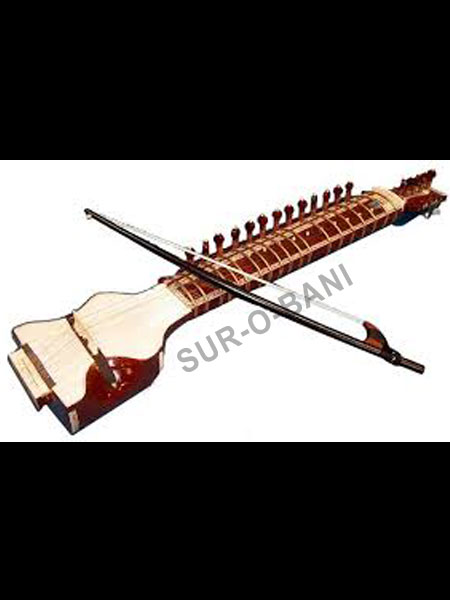
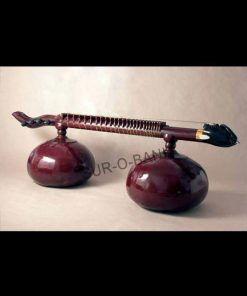
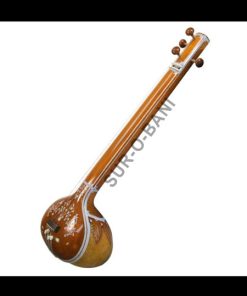
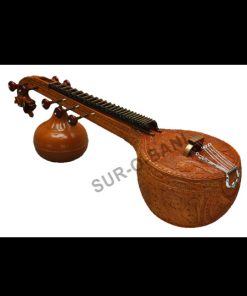

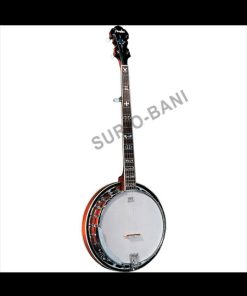
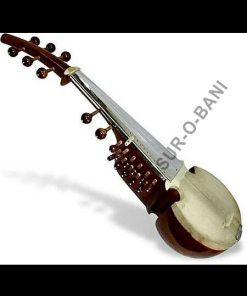
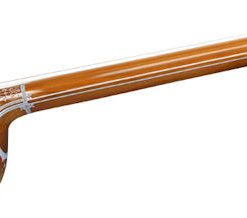
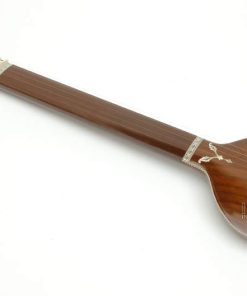
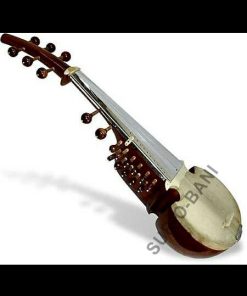
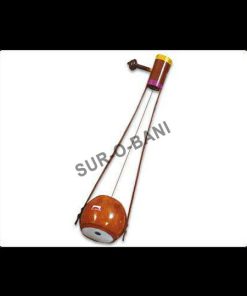
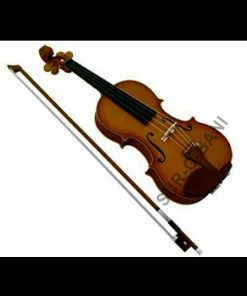
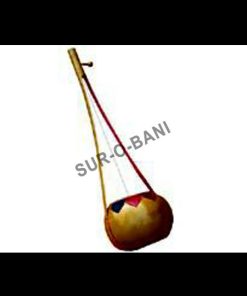
Reviews
There are no reviews yet.